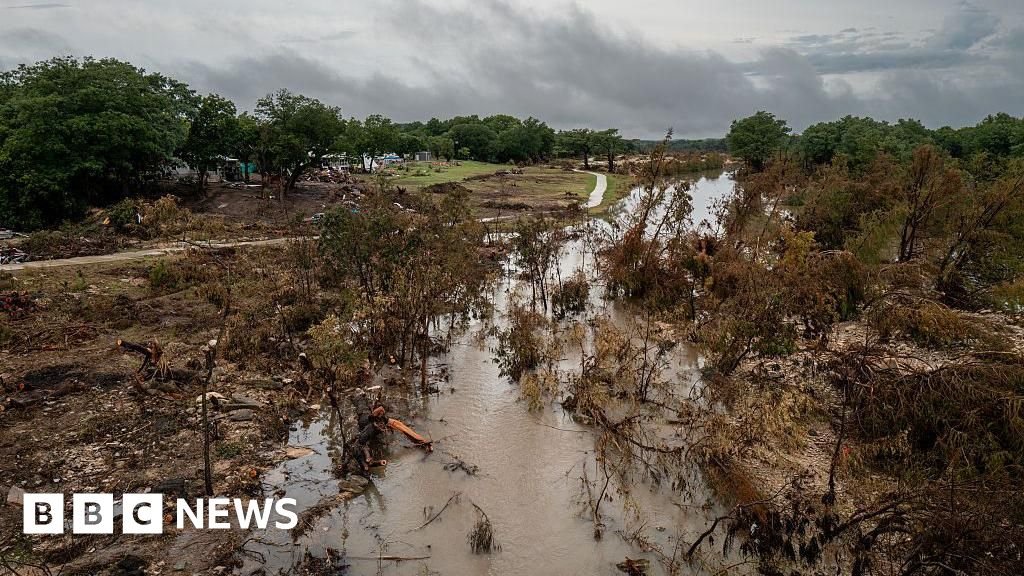The number of people missing in Texas after devastating floods hit the state has dropped from 160 people to three, officials said.
The flash floods following a torrential downpour on 4 July killed 135 people in, including children at Camp Mystic, a Christian all-girls’ summer camp along the Guadalupe River.
Dozens of others were reported missing. But on late Saturday, the city of Kerrville, at the heart of the disaster, reported that many had been verified as safe.
Kerrville City Manager Dalton Rice said that it took “countless hours of coordinated search and rescue operations, careful investigative work, and an unwavering commitment to bringing clarity and hope to families”.
In a Facebook post, the city said ,000 federal, state and local officials had worked “tirelessly” to track down the missing and that search teams were now reuniting them with their families.
Kerrville Mayor Joe Herring, Jr. said in the post: “Our thoughts remain with the families still awaiting news, and we will continue to stand with them as efforts persist.”
Earlier this week, officials said the number of people who were missing had fallen from 160 to 100 in Kerr County – the hardest hit area – and nearby areas thanks to the help of thousands of rescuers.
Officials said many people who were initially reported as missing had been verified as safe and were removed from the list.
At Camp Mystic, at least 27 campers and counselors died after the Guadalupe River flooded from the torrential rains. The river rose 26ft (8m) in the span of just 45 minutes as young children, staff and residents slept in homes along the river.
In the wake of the deadly tragedy, questions were raised about whether adequate warnings were provided and why camps weren’t evacuated ahead of the deluge.
Experts have said a number of factor led to the deadly impact of the flash flood, including the pre-dawn timing, the location of some homes, the patchwork of cell service and its overall speed and severity.
President Donald Trump visited the wreckage last week to express his “love and support” for those who had been affected, dismissing questions about whether more could have been done to warn residents.


